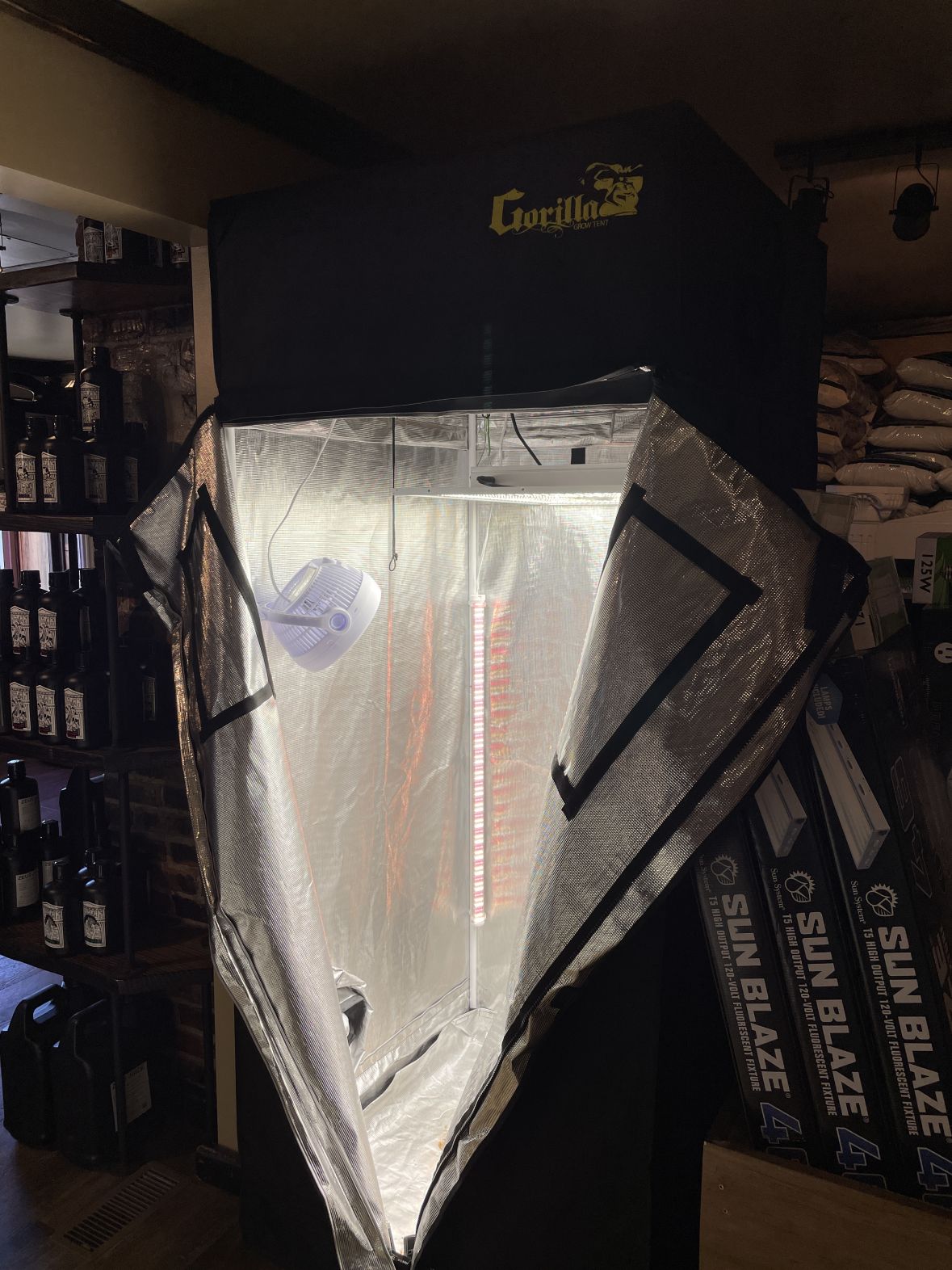Unravel the Keys of Effective Growing with The Indoor Earthworm
Unravel the Keys of Effective Growing with The Indoor Earthworm
Blog Article
Unlocking the Possible of Hydroponics: Recognizing Its Makes Use Of and Different Types
Hydroponics, a technique of growing plants without soil, has actually amassed raising interest for its possible to change farming and horticulture methods. As we navigate via the elaborate landscape of hydroponic systems and techniques, it comes to be noticeable that each approach holds unique benefits and restrictions.
Benefits of Hydroponic Solutions

One more advantage of hydroponic systems is the capacity to expand plants in a smaller space. Hydroponic systems reduce the threat of soil-borne illness and pests, as there is no soil to harbor these threats.
Typical Utilizes in Farming

Offered the reliable water preservation and space-saving benefits of hydroponic systems, it appears that these cutting-edge agricultural approaches have found common uses in numerous fields of farming. In conventional farming, soil-based farming can be labor-intensive and land-consuming. Hydroponics offers an option by permitting plants to be grown without soil, decreasing water use by as much as 90% contrasted to traditional farming methods. This makes hydroponics particularly suitable for regions encountering water scarcity or limited cultivable land. The regulated environment of hydroponic systems allows year-round farming, offering a consistent supply of fresh produce regardless of outside weather condition problems.
Hydroponics is commonly utilized for expanding a range of plants, including leafed greens, tomatoes, cucumbers, strawberries, natural herbs, and peppers. Its adaptability reaches upright farming, city farming, and greenhouse manufacturing. In addition, hydroponic systems are made use of in study and educational setups to study plant nourishment, development, and farming techniques. The adaptability and effectiveness of hydroponics make it a valuable device in modern-day farming, attending to the difficulties of sustainability, food safety, and source optimization.
Discovering Various Hydroponic Strategies
What are the numerous cutting-edge techniques used in hydroponics to enhance plant farming efficiency and generate? Hydroponic systems provide a variety of approaches that deal with various plant kinds and cultivation objectives. One preferred strategy is the Deep Water Society (DWC) system, where plant origins are submerged in a nutrient remedy, supplying sufficient oxygen and nutrients. Another commonly used technique is the Nutrient Film Technique (NFT), which involves a superficial stream of nutrient option flowing over the plant roots, promoting water and nutrient uptake. Furthermore, the Ups and downs system, likewise referred to as the Flooding and Drainpipe system, periodically floodings the plant roots with nutrient option, enabling oxygenation during draining pipes durations. Aeroponics is another sophisticated strategy that entails misting plant origins with a nutrient solution, making the most of oxygen absorption and nutrient uptake. Each of these strategies showcases the versatility and effectiveness of hydroponic systems in boosting plant growth and yield.
Contrasting Various Hydroponic Solutions
Checking out the effectiveness and return improvement strategies in hydroponics leads us to compare numerous hydroponic systems available for crop cultivation. Each hydroponic system has its unique functions, advantages, and limitations, making it essential for farmers to choose the most ideal system based upon click now their details requirements and constraints.
Among one of the most typical hydroponic systems is the nutrient movie method (NFT), where a slim film of nutrient solution continually streams over the plant origins. This system is treasured for its water performance and suitability for growing leafed greens and herbs. On the other hand, the deep water society (DWC) system immerses plant roots straight into the nutrient option, giving enough oxygen and article nutrients. The DWC system is affordable and reasonably easy, making it a prominent option for beginners.
Another preferred hydroponic system is the ebb and flow (or flooding and drain) system, which periodically floodings the plant roots with nutrient solution prior to draining it. By understanding the distinctions between these hydroponic systems, growers can make informed choices to make the most of crop return and high quality.
Innovations in Hydroponic Innovation
One essential innovation is the advancement of smart hydroponic systems that utilize sensors and automation to keep an eye on and readjust environmental problems such as pH degrees, nutrient concentrations, and light exposure in real-time. These systems allow specific control over growing conditions, leading to ideal plant growth and higher crop yields.
Another significant improvement is the assimilation of upright farming methods with hydroponic systems, permitting for the cultivation of crops in piled layers. This vertical strategy takes full advantage of space application, making it ideal for city settings where land schedule is restricted - The Indoor Earthworm. Furthermore, using innovative LED lights systems customized to details plant demands has boosted power efficiency and improved development rates in hydroponic setups
Advancements like these are driving the evolution of hydroponics, making it a very eye-catching and lasting choice for modern agriculture.
Conclusion
To conclude, hydroponics offers numerous advantages in agriculture and has various techniques and systems that can be used to maximize its possibility. Advancements in hydroponic innovation remain to boost effectiveness and sustainability in food production. By recognizing the uses and different kinds of hydroponic systems, farmers and cultivators can open the complete potential of this cutting-edge technique of growing plants without dirt.
Additionally, hydroponic systems permit for much better control over nutrient degrees, pH equilibrium, and environmental problems, leading to much healthier plants and greater yields.

Report this page